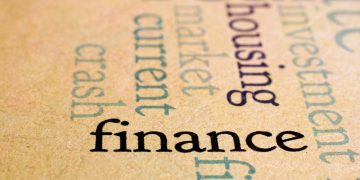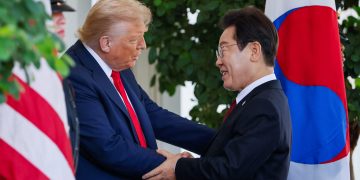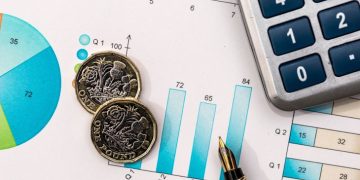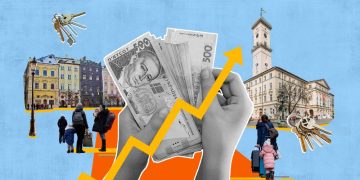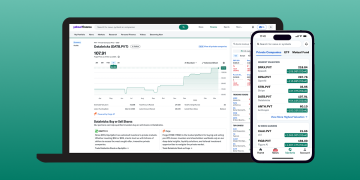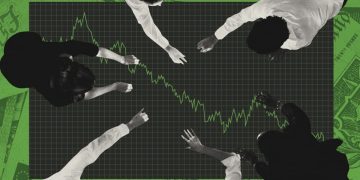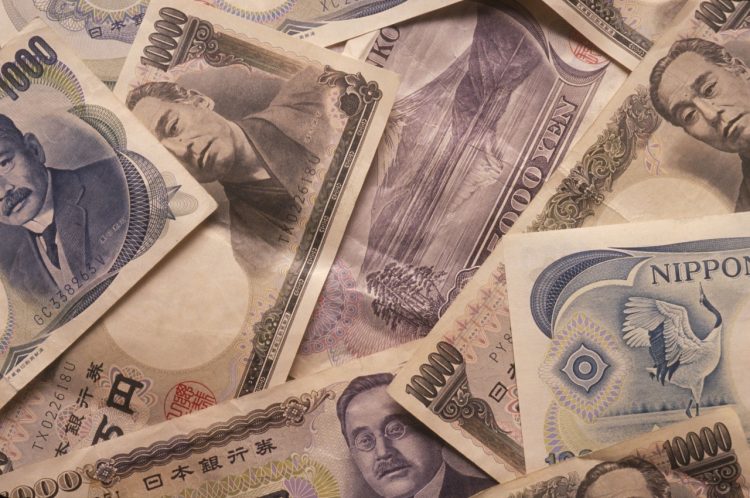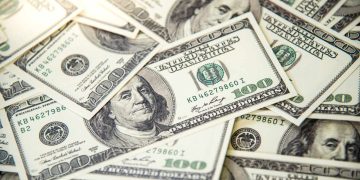As the autumn leaves of September unfurl, Japan stands at a pivotal crossroads with two significant financial events on the horizon. The first is the Liberal Democratic Party’s (LDP) leadership election set for September 27th, a critical determinant of Japan’s political future, as the LDP’s leader typically ascends to the role of Prime Minister. The second is the Bank of Japan’s (BOJ) interest rate decision, due on September 20th, both events casting long shadows over the global financial markets.
A Political Quake on the Horizon?
The LDP, as Japan’s predominant party in the ruling coalition, has its internal dynamics closely scrutinized for hints of future policy direction. With Prime Minister Kishida Fumio’s recent announcement to not seek re-election as the party’s leader, the race is imbued with suspense and unpredictability. With only a few weeks remaining until the ballots are cast, a clear frontrunner has yet to emerge. The Japanese public, anxious about the nation’s current and future challenges, watches with bated breath, hopeful that the next LDP president, and de facto Prime Minister, will usher in a new era of proactive governance.
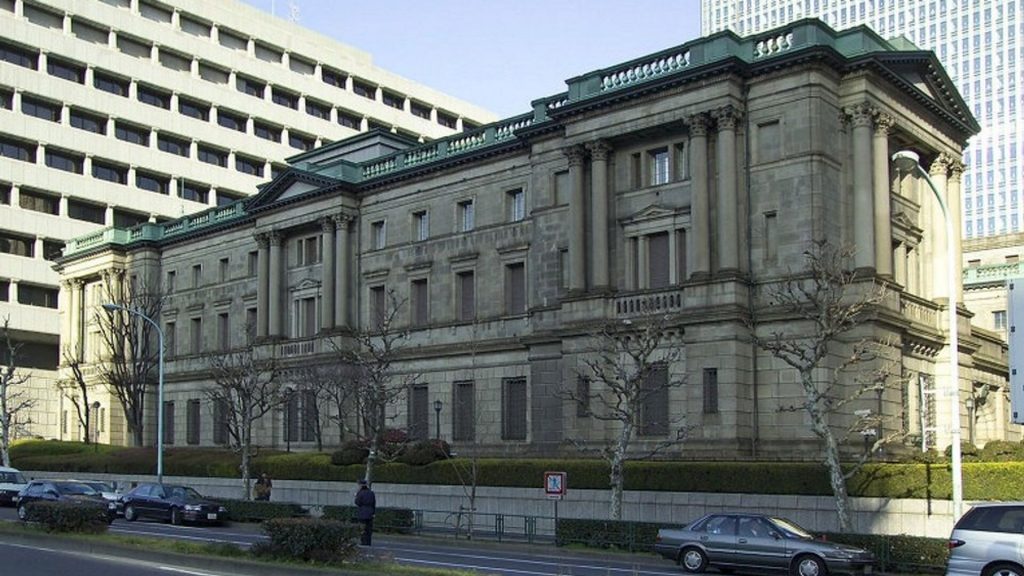
The BOJ’s Calculated Caution
In contrast to the electoral anticipation, the BOJ’s decision-making process in September seems slightly more predictable. The consensus in the market leans towards the belief that the BOJ is unlikely to raise interest rates again in September, favoring a stance of strategic inertia. Despite this, hawkish undertones persist within the BOJ, suggesting that the journey of rate hikes is far from over, and a pause in September may merely be a momentary respite.
Deputy Governor of the BOJ, Ryozo Himino, commented on August 28th that further rate hikes could be on the horizon if economic growth and price increases align with expectations. With a commitment to monitor market movements with “utmost vigilance,” Himino suggested that the recent appreciation of the yen could alleviate the strain on smaller businesses, which have been grappling with rising import costs. While a stronger yen might impinge upon exporters’ overseas earnings, he noted that the current exchange rate does not deviate significantly from corporate assumptions.
When questioned about the potential extent of further rate hikes, Himino stated that it is challenging to pinpoint a specific neutral interest rate for Japan. “Can the BOJ deduce a policy trajectory from the neutral rate?” he posed, emphasizing that the economy is subject to various shocks and is in a constant state of imbalance. The path to stability is not linear but ever-changing.
Economic Silver Linings
Japan’s retail sales in July rose by 2.6% year-over-year, marking the 29th consecutive month of growth. With the yen’s significant resurgence, the burden of previous devaluation on domestic consumers is expected to lighten. Coupled with rising overall household incomes, a gradual resurgence in domestic consumption is anticipated. This could provide the BOJ with more leeway to maintain its current interest rate, giving the economy room to breathe and grow.






